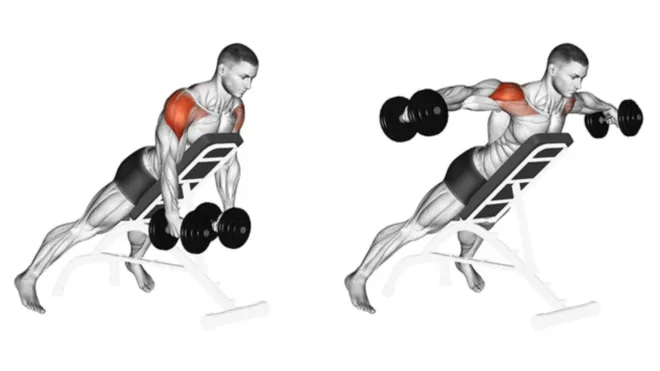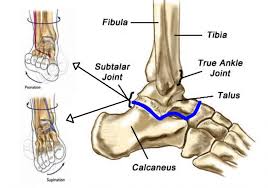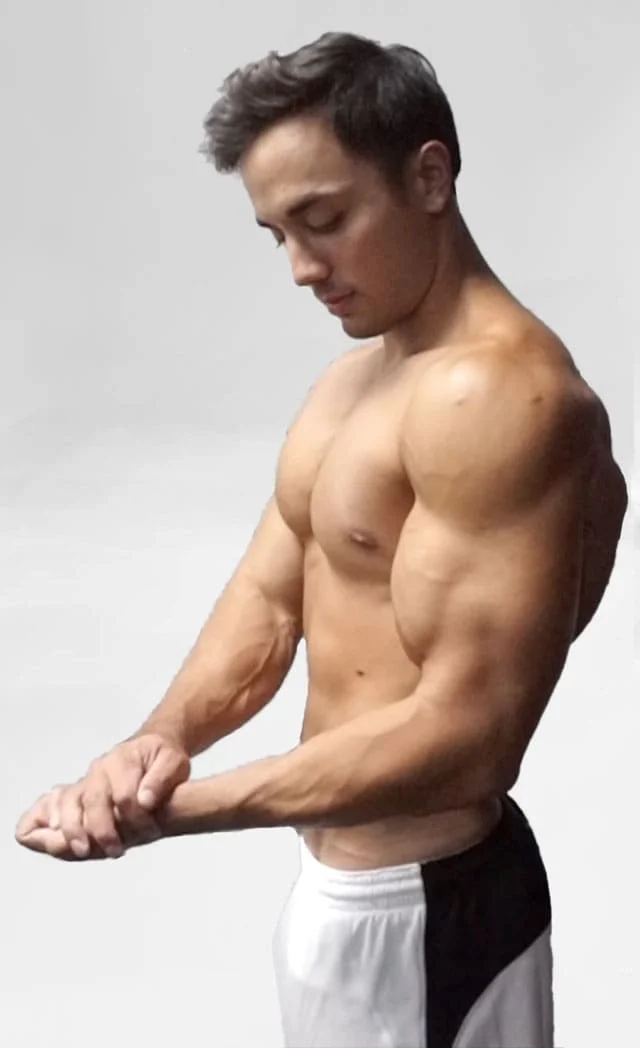Hip Abductor strengthening exercise: Health Benefits, How to Do?
What is the Hip Abductor strengthening exercise?
Hip abduction leads to any movement which can move your leg away from the body. The hip abductors arise from the thigh bone to the pelvis, these muscles help us to support when we walk, stand, and engage in physical activity. Strengthening these muscles helps us to make our daily activity easy. Doing regularly this exercise helps you to prevent pain and injury of hip.
These three muscles are mostly involved to perform hip abduction: the gluteus medius, gluteus minimus, and the tensor fasciae latae.
The gluteal muscles make up our buttocks. Our glutes have three different muscles: the gluteus maximus, medius, and minimus.The gluteus maximus muscles give you most of the shape, power, and explosiveness. The overshadowed gluteus medius and minimus are the prime movers for hip abduction.The tensor fasciae latae is a small muscle located in your upper thigh that supports your body for a walk. While small in size, this hip abductor provides significant stability to our lower body.
Health Benefits Of Hip Abductor Exercises:
While strengthening the hip abductors may not impress people at the gym, we cannot afford to neglect these important muscles. Specifically training the hip abductors is crucial for many reasons.
- Injury Prevention
- Strong hip abductors protect against injury. Without sufficient strength in the hip abductors, our knees have the tendency to move inwards when we walk or run, leading to a “knock knee” position.
- Knock knee or valgus position put stress on your knee joints and can easily cause strains in the muscles of the lower body.
- Strengthening the hip abductors can help you to avoid the above health issues and maintain proper lower body alignment, and move with safety and efficiency.
- Improved Agility
- As mentioned above, hip abductors are responsible for moving our legs away from the body. If your hip muscles are weak then, it is extremely difficult to move the leg away from the body.
- On the other hand, strong hips allow you to quickly change the position and move about with efficiency.
- Helps to Improve Strength Performance
- Helps to Reduce knee valgus
- Helps to Better muscle activation and performance
- Helps to Decrease pain
- Weakness in your hip abductors, particularly the gluteus medius, may lead to overuse injuries, parallofemoral pain syndrome (PFPS), and iliotibial (IT) band syndrome. PFPS can cause pain back to the kneecap when you sit for prolonged periods or when going downstairs.
There have different type of Hip Abductor Strengthening Exercises.
Fire Hydrants
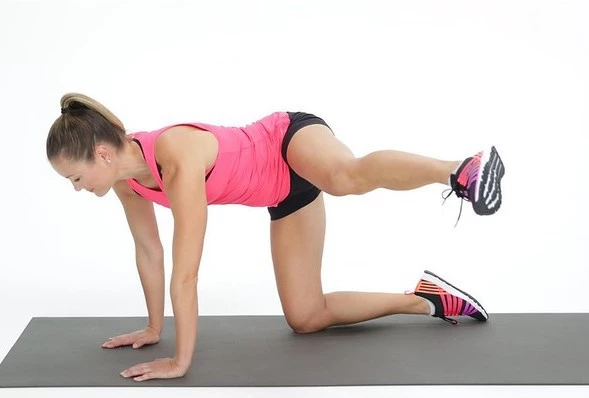
How to do it?
- This is a simple body weight glute isolation exercise that mainly works on your gluteus medius.
- For this exercise, you have to take a quadruped position(on all four limbs). your leg should be flexed, raise your right leg out to the side until reach hip height.
- Squeeze your gluteus medius and return to the initial position.
- Again perform the same movement for 20 to 22 repetitions then move to the right leg.
- Complete 2 to 3 sets of 20 to 25 repetitions of each leg.
Hip Abduction with Cable
How to do it?
- For this exercise, you need a cable machine. this can be a powerful tool in developing hip abductors.
- Set up the cable machine at the lower pulley setting.
- Wrap the ankle slip to your outer foot and hold the machine for stability with your closed hand.
- Your both legs should be extended, squeeze your hip abductors to bring your outer leg straight out to the lateral side.
- Hold for 3 to 5 seconds at that point, and slowly return to the initial position.
Leg Out Side Circles
How to do it?
- This exercise may look simple, but you will feel the burn in your gluteus medius and minimus during this exercise.
- For this exercise, you have to come in all four limbs with your hands directly under your shoulders.
- Straight your right leg out to the side with your toes pointing forward.
- Contract your glute muscle to move your foot in a circular direction.
- Make sure to switch the direction of the circle and switch another leg.
Side Lunge (Weight Optional)
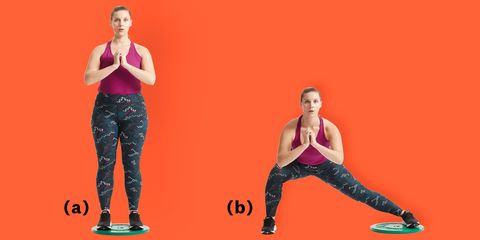
How to do it?
- This is a great lunge alternative that targets your hip abductors.Take a standing position with your toes slightly flared out and your feet wider than shoulder-width apart.
- Keep your right leg straight, flex your left knee, and shift your weight to your left side.
- Then, transition to the initial position and repeat on the right side.
- Do this with alternate legs.
Leg Out Side Kickouts
How to do it?
- The leg outside kickouts is a challenging exercise to test the stamina of your gluteus medius.
- For this exercise, you have to take a quadruped position(on all four limbs). flexed your knee, then kick outside and extend your leg.
- Switch the leg and do again.
One-Legged Hip Thrust
How to do it?

- This is a powerful body weight glute and hip exercise.
- For this exercise you have to lie on your back with your knee flexed, your arms should be by your side and the palms facing downward. straighten your right leg and squeeze your glutes to thrusts the hip towards the ceiling.
- Pause at the top and slowly return to the initial position.do this on the left leg.
Lying Hip Abductions
How to do it?
- This exercise will primarily target your gluteus medius and the gluteus minimus muscles.
- For this exercise, you have to lie on your left side with your legs out straight and your upper body supported by your forearm.
- Squeeze the gluteus minimus to elevate your right leg as high as possible by you.
- Hold for a couple of seconds then slowly return to the initial position.
- Do this movement on the left leg.

Curtsy Lunge
How to do it?
- This is another lunge variation that intensely activates the gluteus medius.
- For this exercise, you have to stand with your back straight and chest held high. with your right foot straight in front of you, step with your left foot back and to the right.
- Both knees should be flexed and your legs should be crossed. make sure your right knee is directly below your right ankle.
- Then drive up in a controlled motion to the standing position. Repeat this movement to your left foot out in front.
- You can switch your legs after every repetition or after completing each set.
Leg Out Side Pulses
How to do it?
- If you want to target the gluteus medius, leg outside pulses are for you.
- For this exercise you have to take a quadruped position(on all four limbs). extend your right leg straight out to the side with your toes facing forward. pulse your leg upward and downward for 10 to 15 repetitions of 1 to 2 sets.
- Then move to the left leg.
Step Up with Leg Raise
How to do it?
- This exercise becomes a great source of activation for your hip adductors. The step-up action also adds a small number of cardiopulmonary workouts to your routine.
- For this exercise, you need a bench or a small platform that is at least 2 – 3 feet off the floor.
- However high you are comfortable stepping is fine, just make sure it is at least a little challenging.
- Step up with your left leg and then raise your body by driving through the left ankle. Put your right foot on the platform and then pull your right leg back.
- This will directly activate the adductors on your inner thigh.
- If you have not worked them out before, you could be quite sore after a few repetitions of these step-ups.
- Bring the right leg back in, then go back down to the initial position and repeat the action with the right foot leading.
- Repeat the same number of repetitions on both legs.

Clamshell
How to do it?
- This exercise may look a little silly but is a great and easiest way to strengthen the hips. It can be a useful tool in detecting imbalances in the hips as well.
- For this exercise, you have to lie on your left side, take forearm support to your head like a pillow.
- Stack your knees and hips, flexed them together up to 45 degrees. your body should be in the neutral position and your head, neck, pelvis, and feet are in the same alignment.
- Your feet should be stacked and engage your core muscles and rotate your right knee upward and open by using your hip.
- Hold this position for 4 to 5 seconds and then return to the initial position.
- Do this movement 10 to 15 times on both legs.
Resistance Band Side Walks
How to do it?

- This is an effective way to strengthen your hip muscles. you can initiate with body weight lateral steps.
- Wrap the resistance band just above your ankle joint.
- Stand with your feet under your hips and squat down into a semi-seated position. your shoulders should be back and down and your gaze forward.
- Take a Step out to the side, pushing with your heel against the band.
- Now Step together again so your feet are once again hip-feet width apart.
- Focus on using the hips to drive the foot out and be sure to watch that your feet should be parallel. Your toe will tend to try to lead the move. Keep tension on the resistance band at all times.
- Continue stepping to the side for 8 to 13 steps.
- Return in the other direction for 8 to 10 steps.
- If you have limited space, you can also do these in a stable position. Just be aware to press your body out with your foot and not let your foot do all the in and out motion by itself.
Advanced: begin with light resistance and work up to more resistance bands to improve strength.
Hip Drop
How to do it?
- This exercise is mainly used to rehabilitate a weak hip abductor, which can lead to mechanical issues in your legs, such as iliotibial band syndrome.
- This simple, yet intentional, move needs to be done with control and body awareness to ensure that the hip is initiating the movement rather than the legs.
- For this exercise, you have to stand on a step raised surface with one foot. you should stand straight. lower down your opposite leg, start the movement from your hip joint.
- Your shoulder should be stable during the whole movement. Hold the lower down position for 2 to 4 seconds without letting your pelvis rotate. return to neutral hip position.
- Make both legs lower and lift slowly in a controlled movement.
- Complete 12 to 20 repetitions on each side.
Sitting hip abduction with resistance band
How to do it?
- For this exercise, you have to sit in a chair. wrap a resistance band around your knees or above the knees, with your knees hip shoulder-width apart.
- Smoothly move your knees outside against the resistance band and then bring them close to the body.
- Maintain an upright posture throughout the exercise.
- Do 10 to 15 repetitions of 2 to 3 sets.
Side plank hip abduction
How to do it?
- Lie on your right side and place your forearm under you to support your body weight.
- Place your left hand on your hips. Then, place your left fist on your stomach to on your hips for balance.
- Now, raise your trunk and hips until your body is in a straight line and then raise your left leg in the air.
- Exhale during this portion of the exercise. Hold for 2 to 5 seconds.
- Then, lower your left leg until it is on top of your right and lower your hips back down until your buttocks make contact with the ground.
- Breath in during this portion of the exercise.
- Complete the desired number of repetitions.
- Then, switch to your left side and do the same for the 16 to 20 repetitions.
- Do this on Alternate legs for 16 to 20 repetitions of 2 to 3 sets.
When did you not do these exercises?
- If your physician advised you to take a rest.
- If your leg bone is recently fractured.
- If you are recently undergone any leg or abdominal surgery.
- If you feel pain or any discomfort during this exercise.




